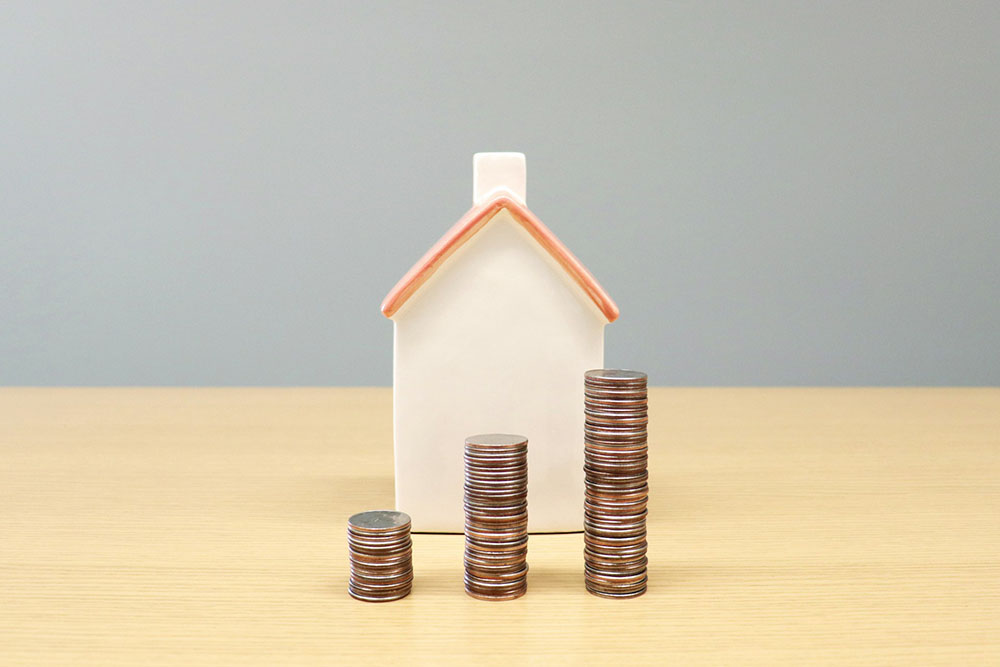
For generations, the American Dream was easy to picture — a modest home, a bit of lawn, neighbors you knew by name. It wasn’t about extravagance, just a sense of stability and belonging. But in kitchens and coffee shops across the country, that picture is starting to blur. Conversations about open houses and moving plans now more often end with a sigh: “We just can’t afford it.”
A Market That Won’t Cool Down
The pandemic years lit a fire under the housing market. With interest rates at historic lows, a sudden boom in remote work, and too few homes to go around, bidding wars became the new normal. By 2022, prices in many cities had leapt more than 30% from pre‑pandemic levels. Even areas once considered “affordable” saw wages lag far behind surging values. For many first‑time buyers, the race was over before they could even enter it.
Renters Without a Safety Net
Homeowners might at least watch their equity climb. Renters, on the other hand, have been absorbing record‑breaking increases with nothing to show for it. By 2023, the median monthly rent in the U.S. had pushed past $2,000 — the highest ever recorded. In hotspots like New York, Los Angeles, and Austin, double‑digit rent hikes in just two years have pushed families into cramped apartments, skipped doctor visits, and mounting credit card debt.
The Mortgage Squeeze
Buying doesn’t always bring relief. To cool inflation, the Federal Reserve raised interest rates sharply starting in 2022. Mortgage rates jumped to over 7%, a 20‑year high. For a median‑priced home, that rate alone can add hundreds — sometimes thousands — to the monthly bill. Homeowners who locked in low rates now find themselves stuck, reluctant to sell and lose a favorable loan. That reluctance keeps inventory low, pushing prices higher still.
A Growing Generational Gap
For Millennials and Gen Z, already wrestling with student loans and wage stagnation, homeownership feels more like a fantasy than a milestone. Baby boomers, in contrast, are often sitting on fully paid‑off properties or decades‑old mortgages at enviable rates. The gap in housing wealth between generations is widening, shifting what “adulthood” and “success” look like in American life.
Cities in Transition
In city after city, historic neighborhoods are transforming. Investment and gentrification bring new cafes, parks, and transit — and also rising prices that displace long‑time residents, many from working‑class or minority communities. The remote‑work migration has added a twist, sending urban escapees to smaller towns where they unintentionally push up prices and strain local markets. Housing stress has escaped the big metros; it’s now a nationwide condition.
Why Costs Keep Climbing
A mix of old and new forces is at work:
- Decades of underbuilding mean demand has long outstripped supply.
- Speculative buying — from corporate landlords to short‑term rental conversions — pulls homes out of the traditional market.
- Zoning restrictions limit multifamily housing in many areas.
- Rising construction costs make adding new stock more expensive than ever.
Searching for a Way Forward
Solutions are emerging in patches. Minneapolis scrapped single‑family zoning to allow denser, more affordable builds. California moved to fast‑track certain housing projects. Policymakers are weighing rent caps, tax credits for first‑time buyers, and bigger investments in public housing. Yet, meaningful change moves slowly, and the gap between wages and housing costs keeps widening in the meantime.
What’s at stake isn’t just a piece of property — it’s the sense of place and security that home once promised. If owning, or even renting, a stable home slips further out of reach for millions, the American Dream may need rewriting. And how the country chooses to rewrite it could shape not just the housing market, but the story of the next generation.
